Alan Titchmarsh: Losing a plant to frost isn't a disaster - it's an opportunity
Writer and broadcaster Alan Titchmarsh talks through the highs and lows of the freezing conditions into which Britain was plunged a few weeks ago.
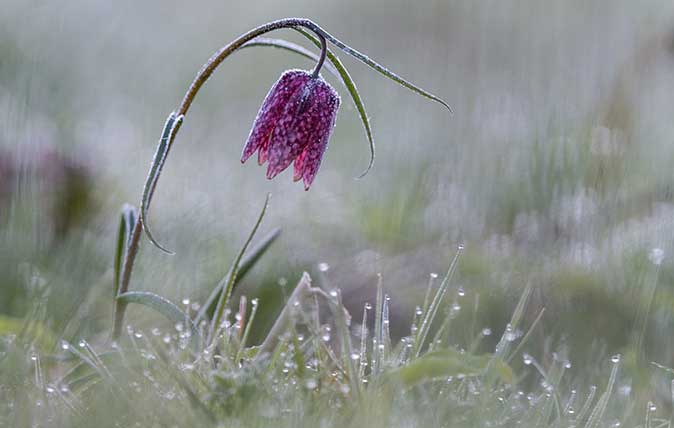

I am never quite sure of the veracity of the home-spun wisdom I use to pacify myself after a big freeze in the garden.
Avid meteorologists give out chapter and verse on the frequency of these plunging winter temperatures, however, it seems to me that they only occur once every 10 years or so. Freezing conditions will bump off tender plants that we take for granted and remind us that, in spite of climate change, we do still live in what is regarded as a ‘cool temperate’ climate, rather than a ‘warm temperate’ one.
The upshot is that we should not be surprised by hard frosts, since they are part and parcel of our lot on the shoulder of the globe. Instead, we must regard the loss of frost-tender plants as new opportunities, rather than disasters.
Our Isle of Wight garden has offered many surprises in the three years we’ve been there. On the island’s south coast, at Ventnor Botanic Garden, echiums and other tender beauties are expected to thrive, but I was by no means certain of their ability to do well on the north coast where we are.
With great delight, I discovered that most of my echiums come through an average winter, along with correas, leptospermums, grevilleas and even scented-leafed pelargoniums and aeoniums.
We grow one or two aeoniums, the deep plum-purple Schwarzkopf and its bright green counterpart, in pots, moving them close to the house wall in winter. Others are left growing in the garden, since they are easy to propagate and replace.
Several survived February’s freeze, I suspect because they benefited from the residual heat of the large boulders we imported among which they grow, and others that push up in the lee of hefty wooden sleepers that replicate coastal groynes.
Sign up for the Country Life Newsletter
Exquisite houses, the beauty of Nature, and how to get the most from your life, straight to your inbox.
What has finished off some of the echiums is the combination of cold temperatures and sticky clay soil. They hate to have their roots in cold, stiff clay, which is why we worked in plenty of sharp grit at planting time.
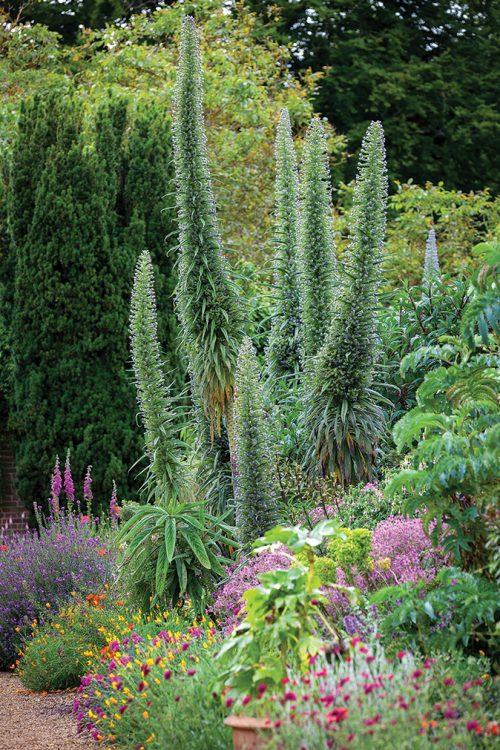
Grevilleas (of which I waxed lyrical a few weeks ago) have not turned a hair and are still flowering generously, but one or two of the correas have turned up their toes and prostanthera looks as though someone has been over it with a blow torch – all the shoot tips are heading south.
The scented-leafed pelargoniums are also exhibiting signs of scorch, but I have cut back their stems to firm green shoots and they will re-grow happily.
There are other surprises. The grey-fronded palm Brahea armata (growing in hefty pots either side of the front steps), along with the tried-and-tested Chusan palm, Trachycarpus fortunei, and even a species of phoenix – the date palm genus – are bright and cheery and showing no sign of being the worse for their sub-zero ordeal when planted in the ground.
It can take several weeks for the full effects of a winter freeze to show and it is a mistake to rush out into the garden and haul things out before being really certain that they have perished. Rather like the Great Storms of 1987 and 1990, such eventualities do give us planting opportunities and, in my case, where plants have surprised me by surviving the unprecedented chill, I am emboldened to try other plants that I might have considered a risk.
One bright idea is to invest in tender perennials that have sturdy rootstocks, which means that, although the top growth might be killed off, the underground crown is left intact to re-grow the following spring. Such is the case with plants such as the ginger lilies – hedychiums – which I, fortunately, took the precaution of protecting with a thick mulch of garden compost in autumn. In spring,
I always cut the top growth from them as, even if it survives, it looks rather tatty. Now, the new buds are pushing up from below ground and reminding me that all is not lost – sometimes it is worth taking a gamble.
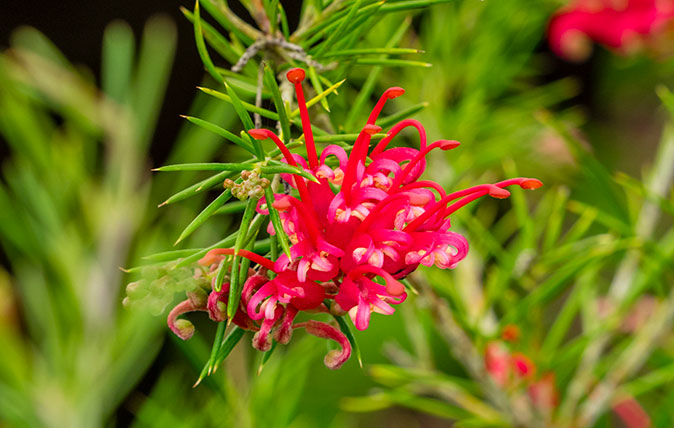
Credit: Garden World Images
Alan Titchmarsh: Grevillea, the winter flower which can stop you in your tracks
Alan Titchmarsh recommends an import from Down Under which is capable of making a remarkable splash in a British winter
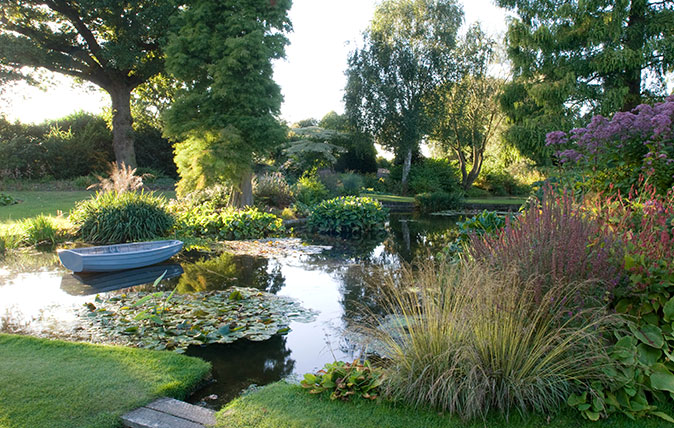
Alan Titchmarsh: How to keep a perfect pond
Alan Titchmarsh says that now is the time to clear out the weeds and keep your pond in top condition

Alan Titchmarsh: Why Kirstenbosch is the gardener’s garden
Alan Titchmarsh waxes lyrical about one of the world's truly magnificent gardens.
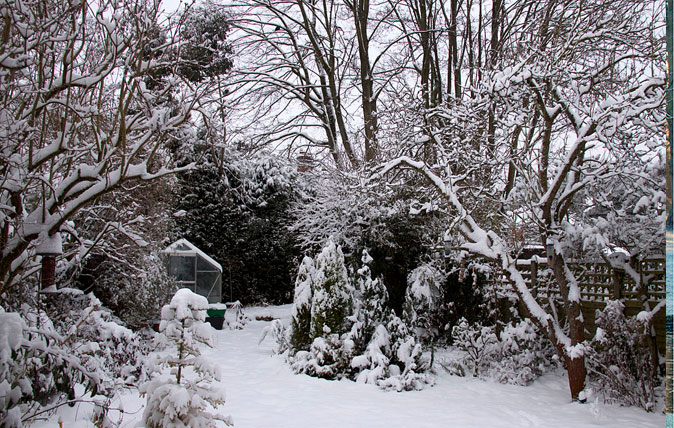
Credit: Tony Hisgett
Alan Titchmarsh: Don’t stop gardening in winter – start dreaming
Alan Titchmarsh takes a look at the joys and pains of gardening in the winter
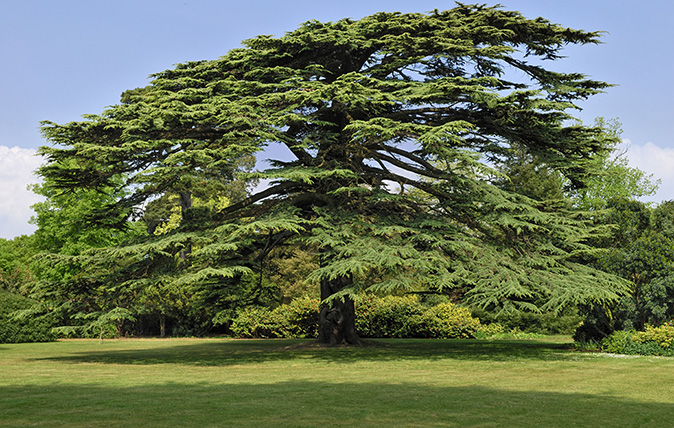
Alan Titchmarsh: Why I wish I’d planted Cedars of Lebanon when I was in my 20s
The gardener writes about one of his regrets with regard to his favourite type of tree.
Alan Titchmarsh is a gardener, writer, novelist and broadcaster.
-
 About time: The fastest and slowest moving housing markets revealed
About time: The fastest and slowest moving housing markets revealedNew research by Zoopla has shown where it's easy to sell and where it will take quite a while to find a buyer.
By Annabel Dixon
-
 Betty is the first dog to scale all of Scotland’s hundreds of mountains and hills
Betty is the first dog to scale all of Scotland’s hundreds of mountains and hillsFewer than 100 people have ever completed Betty's ‘full house’ of Scottish summits — and she was fuelled by more than 800 hard boiled eggs.
By Annunciata Elwes